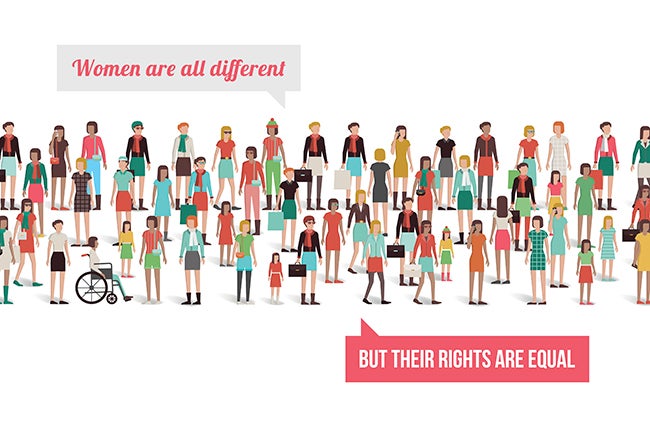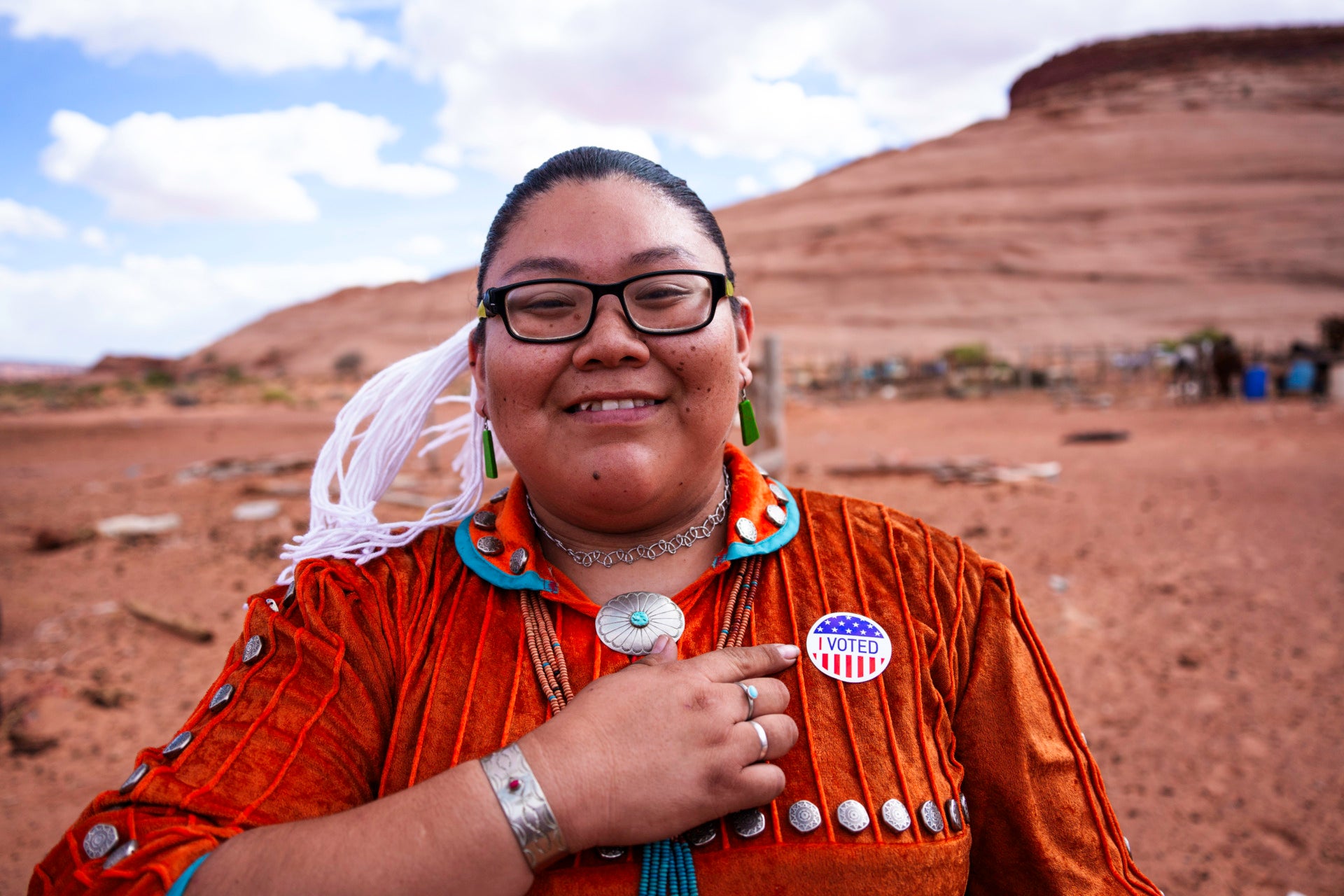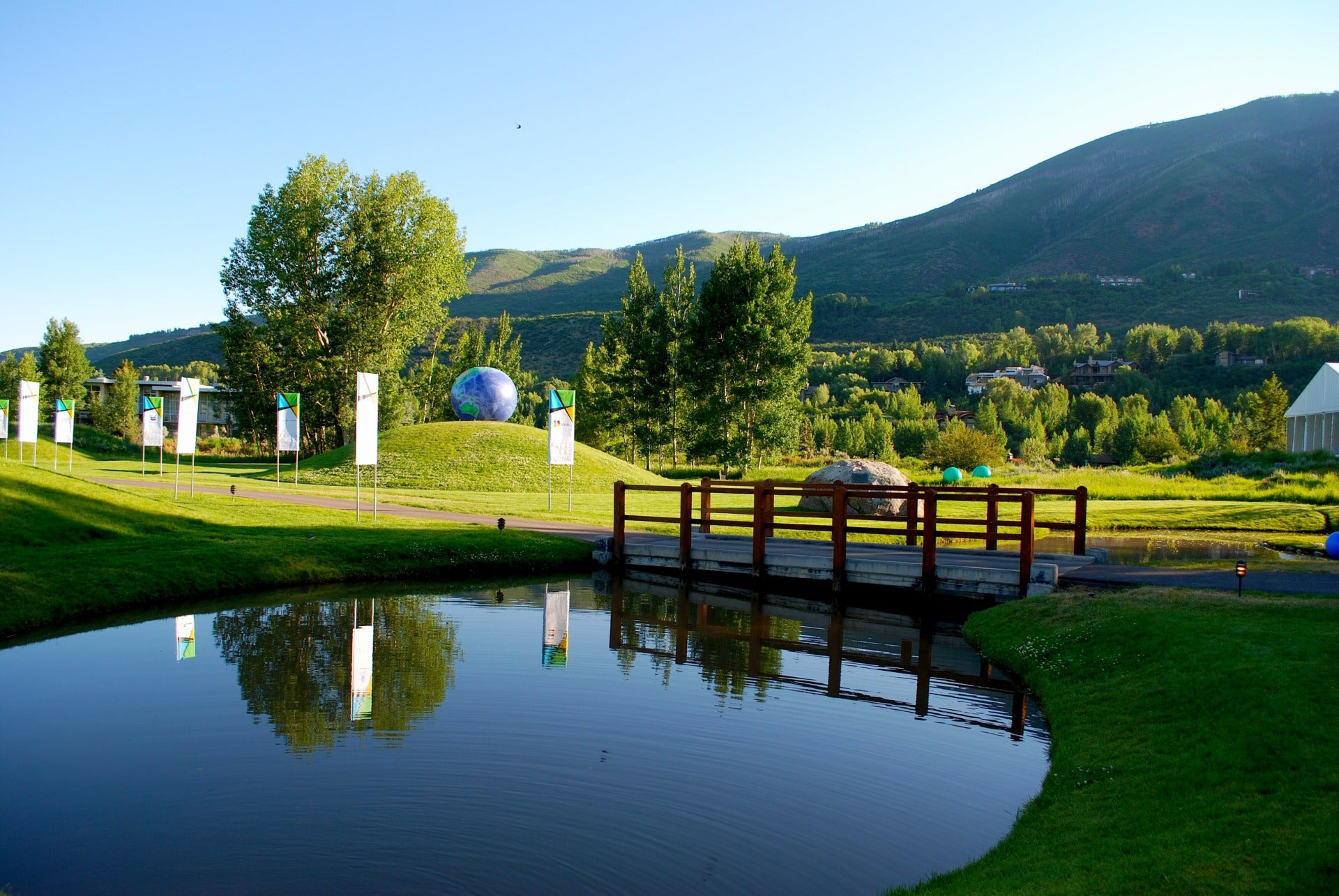The presidential election has brought many democratic issues into stark relief — among them freedom of speech, freedom of religion, freedom of assembly, freedom of the press, and the power of citizenship. It’s become very clear in the wake of the election that Americans are separating into groups with their own worldviews, their own sources, and their own facts. We have lost sight of the vital connection between the symbols, texts, sounds, places, ideas and artifacts that make up the fabric of this nation and the present.
We think building a foundation of common knowledge is an antidote to this trend. That’s why the Aspen Institute Citizenship & American Identity Program created What Every American Should Know, an initiative that asks Americans to answer the question: “What do you think Americans should know to be civically and culturally literate?”
This series of blogs highlights key terms submitted as responses to that question, explores the context of those terms, and connects history to modern day. Each of the terms highlighted in this series are significant historical properties and collections that have been preserved by Save America’s Treasures, a public-private partnership between the National Park Service and the American Architectural Foundation. These terms, and all of the terms on the growing list of What Every American Should Know, add up to a common American culture that is even greater than the sum of our diverse parts.
In the early 1930s, 11 Nobel Laureate physicists left Germany to work elsewhere. Germany’s physicists, chemists and biologists had set the standard for the world’s scientific research and inquiry, winning more Nobel prizes than any other country. Yet the rise of the Nazi Party and their racial policies, resulting in massive purges of the universities, research institutes, hospitals, and other scientific institutions, severely undermined this legacy and its future.
Their departure came just at a time when physicists had begun to explore and answer some of the fundamental questions of the universe, which found expression in Albert Einstein’s enigmatic equation E=MC2. The theory of special relativity is audacious in its simplicity, daunting to prove and a potential key to understanding the universe. German physicists understood this also meant unimaginable devastation – and the potential of atomic warfare – if the equation could be unlocked.
The discovery of fission and the toxic climate created by the Nazis soon made Einstein’s theory more threat than promise. European physicists struggled to warn America and encourage it to mobilize its scientists to counter this threat. The US was hostile and suspicious of foreigners, so a messenger who had the respect of the president and the American people was recruited — Albert Einstein himself.
Einstein’s letter of warning to President Roosevelt set off a chain of events that became the Manhattan Project, and its offspring the atom bomb. Those are the headlines that every American learns in school: In late 1941, the Manhattan Project became the code name for the American effort to design and build an atomic bomb. In 1942, scientist Enrico Fermi led a group of physicists to produce the first controlled nuclear chain reaction. From there, the project accelerated and in 1945, scientists of the Manhattan Project tested the first bomb near Alamogordo, New Mexico – and entered the world into the nuclear age.
The Manhattan Project’s story is much more than a headline. It was a pivotal point in world history. Because of this project, the US inherited what Germany had turned its back on – scientific leadership and knowledge, and a legacy that would be the foundation for scientific innovation.
Much of the historical remains of the Manhattan Project lie within the boundaries of high-security research labs like Los Alamos, out of public view. Scattered in remote parts of the laboratory, most have been torn down, leaving only 50 by 1997. So few remained that many people didn’t know these buildings existed nor the stories they held in secret.
Yet it was in these buildings in which E=MC2 became more than a theory, and some of its secrets were unlocked. Despite the anti-foreign climate, US universities and research labs became home to hundreds of refugee scientists who had fled Germany and Europe. The Los Alamos scientific community was a mirror of Americanness—new immigrants from Hungary, Germany, Austria, and Italy working alongside second- and third-generation immigrants in the pursuit of knowledge. Los Alamos and the galaxy of research sites under the Manhattan Project became a nursery for future American Nobel laureates in physics, chemistry, and other sciences as they were mentored by current Nobel scientists. This wealth of information became a seed bed for the next generation of physicists, chemists, doctors, writers, and (thanks to the GI Bill) thousands of soldier scholars — all of whom drew on and explored the ideas, theories, and research spun out of the project to create innovations in medicine, technology, space travel, and dozens of other fields for the rest of the century.
Germany of the 1930s was on the threshold of a similar future until it closed off inquiry and knowledge, cherishing instead its myth of a super race. The US pivoted away from this path in part because of the capacity and leadership of America’s public sector during and after World War II. It created the necessary common space for basic scientific research, inclusion of diverse civilian expertise and investment in the Manhattan Project. Although the Army Corps of Engineers ran the Manhattan Project, Los Alamos scientists were civilians. So too were the thousands of young women at another project site, Oak Ridge, where they ran the machines creating fissionable uranium.
The Manhattan Project teaches us that America is a place of open inquiry. Science was a unifying force that brought people together from all nations and every cultural milieu in a great enterprise. The merging of facts and fiction in today’s understanding of current events distorts or erases our shared history, our Americanness. The past needs constant re-learning so that our common cultural vocabulary remains healthy and inclusive. Losing this legacy threatens the future, just as 1930s Germany lost its way. As Dr. Martin Luther King, Jr said, “If we are to go forward today, we’ve got to go back and rediscover some mighty precious values that we’ve left behind.”
A few of those “mighty precious values” were re-discovered in a cluster of simple wooden buildings known as the “V Site,” where physicists, engineers and laborers built the “Gadget” — the first atom bomb. These and other former labs, which built and tested the bombs that ended the war had been condemned in the 1990s. It took a small federal agency, Advisory Council on Historic Preservation, to intervene on behalf of the public to save these places. A Save America’s Treasures grant was the next step in this public-sector intervention. This in turn spurred the Department of Energy to list eight signature facilities of the Manhattan Project, which are now a National Historical Park.
Although it didn’t prove or reveal all the secrets of Einstein’s theory of relativity, the Los Alamos experiments created foundational public knowledge. Knowledge that as recently as 2016 allowed scientists at a former Manhattan Project site, Hanford, WA, to confirm Einstein’s equation’s audacious vision of space and time. Now, though, we have the diminishment of science and basic research and the advance of corporate science to frame public health policy, the decay of infrastructure and rise of private equity firms owning public services, the decline of funding for humanities scholarship and preservation, and the rise of fake news. These are several of many symptoms of a public sector in need of re-discovery and investment. The Manhattan Project is a small window on a time when the public sector took on a challenge as complex and daunting as climate change is today.
Save America’s Treasures and the Atomic Heritage Foundation convened a 2002 Symposium on the Manhattan Project to share the lessons of this unprecedented alliance among government, academia and industry and raised needed private funds to match the earlier Save America’s Treasure grant to restore key labs and facilities at Los Alamos. Without this $700,000 SAT grant, not only would those federal properties be lost, but also the catalyst for the Department of Energy to subsequently list eight properties as Signature Facilities of the Manhattan Project. The new Manhattan Project National Historic Park was created in 2016.


